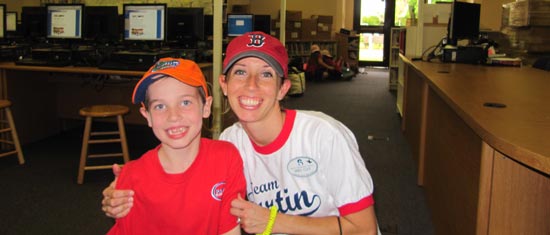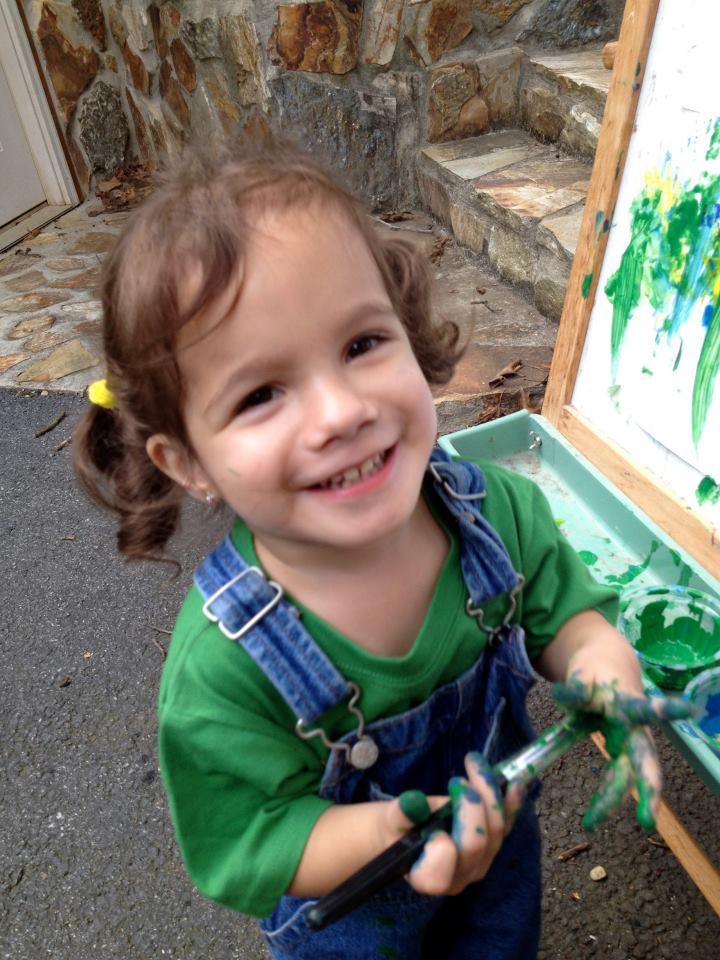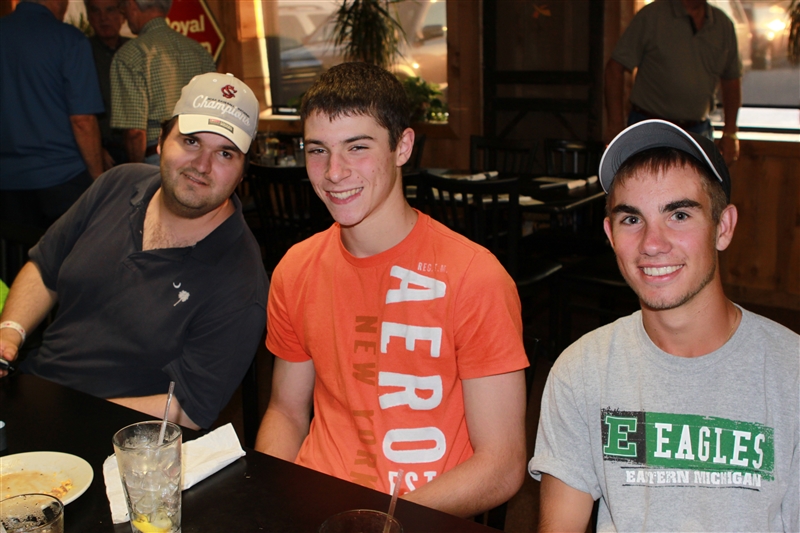Handwriting
It’s not uncommon for a child with hemiplegia to have difficulty with handwriting. The child may be writing with the hand which was going to be the their non-dominant hand. Motor planning, motor difficulties, and visual issues are several of the issues contributing to these handwriting difficulties. The dominant hand may not have the fine motor skills and strength that typical hands do, due to lack practice with manipulation of objects with two hands.
Parents Speak – Handwriting
- It’s more important that the child learn to put thoughts on paper than to write on paper. If initial efforts at printing have failed, find adaptations to assist the child, whether he or she dictates thoughts to a scribe or writes using a computer. In current society, it is important to be able to hand write a signature, but most writing tasks are now conducted using a keyboard and computer.
- Your child may need assistance from an occupational therapist who can help with writing skills. Include this in your child’s IEP (Individualized Education Plan).
- For beginning writers, the teacher can write in the child’s journal with a light colored marker and the child can trace the writing. Use fat markers. If the teacher plans the writing prompts in advance, she can do this before classroom journal writing time.
- Make a little “writing basket” or bag. Include lots of different mediums for writing – colored pencils, chalk, gel pens, crayons, markers, lined paper, unlined paper, colored paper, and coloring books. Coloring helps with the fine motor movements that are necessary for handwriting. Make this basket fun and personalize it.
- Practice different ways of writing. Write with chalk on sidewalk and chalkboard. Use a wipe away board (good for the car). Write and draw with fingers in shaving cream, salt tray, whipped cream, yogurt, pudding, and with bathtub paints.
- Lined and Spaced Paper with space markings for a child who does not put spaces between words.
- Consider using a weighted glove or finger weights, a weighted pencil and take the time to find the right grip/slide for the pencil. Pay attention to the correct seating position and support for the whole elbow/write. If your child is left-handed, she should not be required to use a desk that is made for a right-handed person.
- Challenges to handwriting include holding down the paper and maintaining a good writing posture. Slant boards raise the writing surface and help the child stay upright, while allowing use of the stabilizing arm. You can also make your own slant board by simply using a three ring binder on it’s side and magnets or clips (although these can be tough to open) to hold down the paper at the top. Slant top desks may be available at your child’s school because many drawing and drafting tables are slanted.
- If your child is having difficulty with a particular letter, have the instructor break the letter down into smaller parts and have her focus on mastering that part before going on to another part of the letter.
- The teacher needs to consider what is his or her “best effort” and not make unreasonable demands that are beyond his or her physical ability. Do not allow the teacher to “punish” your child by making him skip recess or the next activity if he does not finish his work in time, as long as he is giving his “best effort”.
- Book Recommendation: Handwriting Without Tears is used by many occupational therapists and teachers to teach handwriting. This program was developed by Jan Olsen, and occupational therapist.
- Book Recommendation: My First Book Of Tracing by Kumon Workbooks
- Colleges can provide note takers for students. Contact your college disability office
Keyboarding
Children can learn to type with one hand. Have your child center his or her fingers over the FGHJ keys. Offset the keyboard to whichever hand your child is typing with. If your child is right-handed, then the keyboard is moved to the right of her body. If left-handed, move the keyboard to the left of his body. Your child must practice keyboarding if she wants to become proficient. Have her type fun stories or poems on the computer. Create a newsletter together. Anything that motivates your child to type will work.
Children who have poor fine motor skills and difficulty with handwriting or handwriting speed may find that using a keyboard will assist them in the classroom.
“Sticky keys” may aid in typing with one hand. Microsoft Operating systems (and possibly other operating systems) have located in Control Panel/Accessibility Options this aid which allows the keyboarder to hit the access keys like “shift”, “control”, “alt” once to activate them and then release and hit the accented key. .
There are several options for people who can’t type with two hands. The one that is getting the most press right now is voice-recognition, but this is still pretty crude — most packages require a lot of ‘training’ — you say each word you want the computer to recognize 10 times each! It can take hours and hours. There are also adapted keyboards — smaller ones, ones with different arrangements so that all the most commonly used keys are in the middle, etc… There are also software solutions — e.g. one called 1/2 QWERTY that maps the one half of the keyboard on to the other half. eg. you get a g if you hold down the spacebar and hit h.
Some OTs suggest that the children practice 1-handed typing on the regular keyboard (if that’s what every one else is using) to start. Early typing lessons tend to be a lot of just getting to know where all the keys are. There are teaching materials available for this, including a manual called “Type with One Hand” that dates back to the 50s. There’s also a computer tutorial called “5 Finger Typist”.
Have your school OT set up a system that will work best for your child’s class situation. You could try to have the child follow the regular typing curriculum as much as they can, using adapted hand placement. As they get older and are cognitively ready to start writing stories, editing, etc., it is easier to tell what alternate keyboard or software (if any) would be useful. And they are still learning to use the regular keyboard which is an excellent life-skill! (eg. in the library, if they just want to look something up quickly at school, or if they don’t have the dexterity to plug-in their adapted keyboard by themselves, and the regular one is left on, etc).
Search for one handed typing to find the latest resources for your child.
CHASA One-Handed Typing Video








